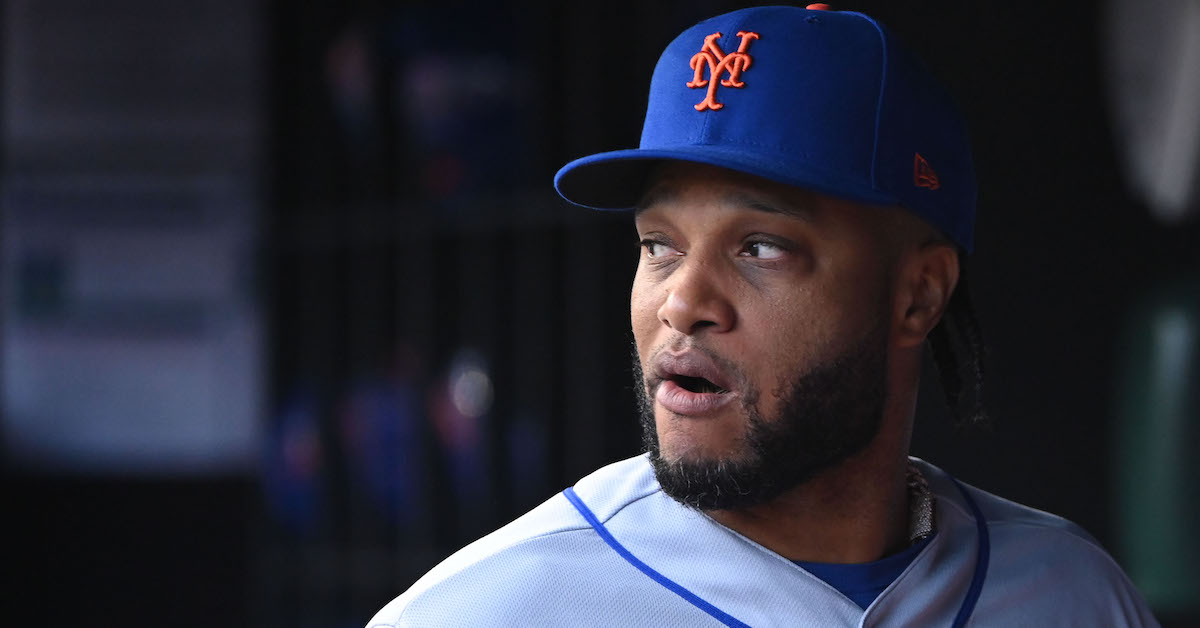Robinson Canó Is the Newest Padre, and the Oldest

Robinson Canó will get to write another chapter to his major league career. Cut loose by the Mets earlier this month amid a roster crunch, the twice-suspended 39-year-old second baseman is reportedly on the verge of signing with the Padres. While he may not have much left in the tank, there’s very little risk involved in giving him a look, and if nothing else, San Diego could use some help for its bench.
Canó hit just .195/.233/.268 in 43 plate appearances before being designated for assignment by the Mets on May 2, the day that rosters were reduced from 28 players to 26, and then released on May 8. They parted with Canó despite owing him $44.7 million on his contract over this year and next, the final portion of the 10-year, $240 million deal he signed with the Mariners in December 2013 (Seattle still has a $3.75 million installment to pay the Mets). The Padres will be paying him only the prorated portion of the $700,000 minimum salary, which is noteworthy given that they’re less than $1.2 million below the $230 million Competitive Balance Tax threshold, according to Roster Resource.
Canó was a very productive hitter as recently as two years ago, slashing .316/.352/.544 (142 wRC+) with 10 home runs in 182 PA during the pandemic-shortened 2020 season. But on November 18 of that year, Major League Baseball suspended him for the entirety of the ’21 season following a positive test for Stanozolol, a performance-enhancing drug. Canó had already drawn an 80-game suspension in May 2018 after testing positive for the diuretic known as Lasix, hence the year-long ban. The two suspensions have carried a massive cost for the eight-time All-Star even beyond the roughly $36 million in lost salary, all but wiping out any hope that he would reach 3,000 hits (he has 2,632), surpass Jeff Kent’s record of 351 home runs as a second baseman (316 of his 335 have come in that capacity), and gain entry to the Hall of Fame, which would have been a lock given his milestones and no. 7 ranking in JAWS.
In his limited opportunities with the Mets this season, Canó showed little sign of hitting like the Canó of yore. He swung and missed on 15.9% of all pitches and struck out 25.6% of the time, rates that are both more than double his career marks. His chase rate was an astronomical 48.9%, over 14 points above his career mark, and his swing rate was 58.9%, over seven points above his career mark. I’ve played this song before — since swing rates stabilize before most other stats — but the pattern does suggest he was pressing, which is understandable given his long layoff and tenuous hold on a roster spot. Canó’s 85.4% average exit velocity, 6.7% barrel rate, and 40% hard-hit rate don’t suggest he was mashing the ball; his .359 xSLG is 91 points ahead of his actual mark, but there are more than 100 hitters with larger differentials in this offense-suppressed season, and his .264 xwOBA is still cringeworthy. Read the rest of this entry »







